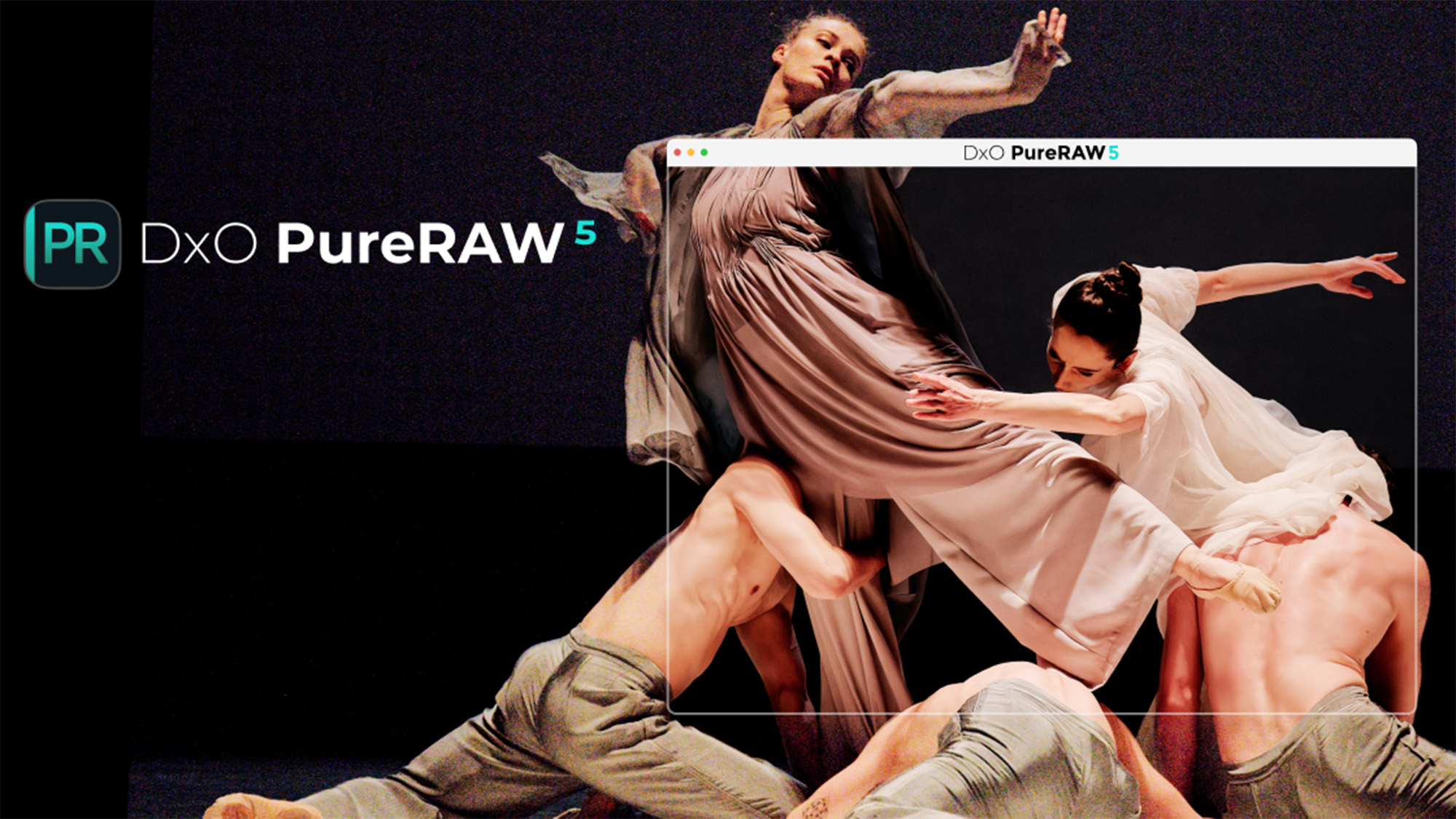Canon EOS 1300D vs Nikon D3400: Which one should you buy?
How does the Canon EOS 1300D compare with the Nikon D3400? We take a look at both and examine what’s the same and what’s different

If you’re a newcomer to DSLR photography, then the obvious choice is either an entry-level Canon or Nikon camera, two of the most affordable examples from these manufacturers being the Canon EOS 1300D (also known as the Canon EOS Rebel T6) and Nikon D3400 respectively.
However, with both brands very well supported by lenses and accessories, it just makes deciding which to choose all the harder. And it’s an important decision, as once you’ve committed to a particular DSLR system with its own dedicated lens mount, you’ll probably be locked in for a number of years, or a lifetime, if you don’t want the hassle of switching to new glass and flogging all your old gear.
With the above in mind, therefore, let’s examine the specification and performance of each of these gateways to DSLR photography, to help you make a better informed decision on whether to go for the Canon EOS 1300D or Nikon D3400, the latter recently succeeded by the D3500, which means there’ll be even better deals on its predecessor. To find out which is the better budget digital SLR for your particular needs, read on as our two contenders go toe-to-toe.
• Read more: Nikon D3500 vs D3400
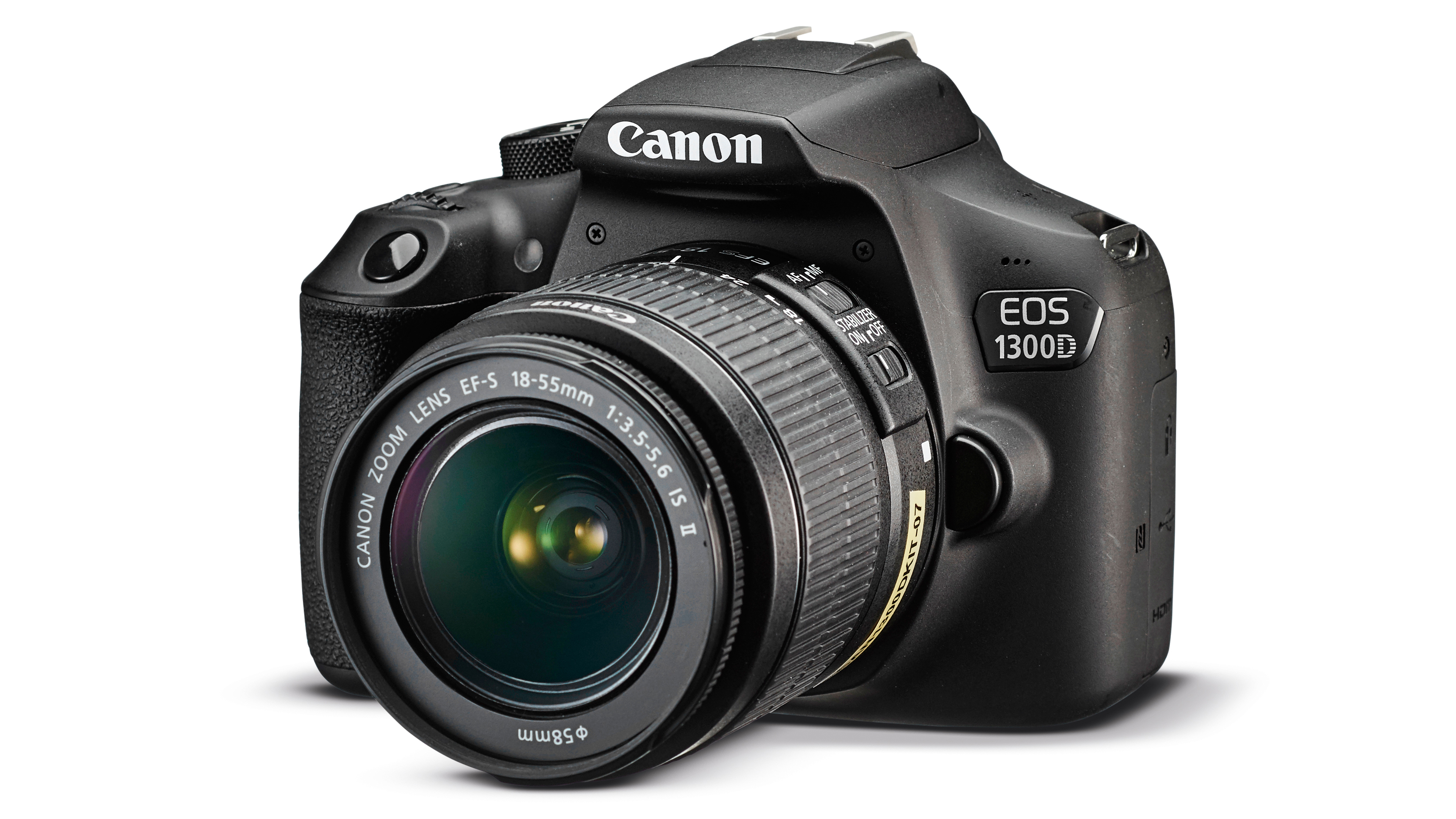
Canon EOS 1300D vs Nikon D3400: Sensor and processor
Why you can trust Digital Camera World
- Canon EOS 1300D: 18.7 million pixels APS-C 22.3x14.9mm CMOS sensor and DIGIC 4+ processor
- Nikon D3400: 24.72 million pixels APS-C 23.5x15.6mm CMOS sensor and EXPEED 4 processor
Both of the DSLRs under investigation here feature an APS-C sensor, the Nikon evidently cramming more pixels onto its sensor’s surface area than the Canon. So if your criteria for which is better comes down to pure pixel count alone then the D3400 would look to be the clear victor.
However, as we all know, fitting more pixels on the same surface area can result in more visible image noise or grain at higher light sensitivity, or ISO, settings. So more pixels does not always make for the mightiest performance; a sensible distribution of them does.
The Canon’s 18.7 megapixel APS-C sized CMOS sensor delivers an effective resolution – i.e the number of pixels actually used in the construction of an image – of 18 megapixels, and an image aspect ratio of 3:2.
This sort of pixel count is playing it safe, perhaps, but still more than sufficient to print photo realistic results up to A2 poster size – so, much larger than the average consumer would actually print any of their images. In short it’s plenty for the typical 6x4-inch or 8x10-inch prints most of us will make, should we bother to print our images at all.
Both competing DSLRs also feature the fourth generations of each manufacturer’s processor. For the Canon it’s the DIGIC 4+ - which is slightly old hat now, considering the manufacturer has got up to its 7th generation – and on the Nikon it’s the EXPEED 4.
Both suggest that results are richly detailed, with Canon’s colours and contrast a bit more clearly defined and more saturated in our eyes than on the Nikon, which tends to favour more naturalistic results that you might want to tweak later yourself to add a bit of added visual dynamism. The processor also affects matters such as image capture speed – as we’ll come to later on in this side by side comparison.
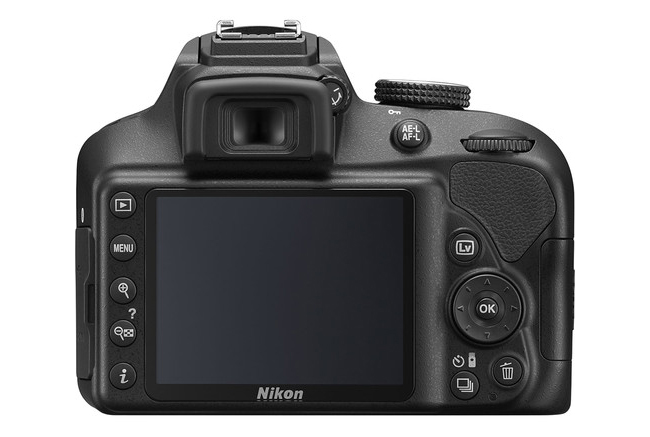
Canon EOS 1300D vs Nikon D3400: Video
- Canon EOS 1300D: Full HD 1920x1080 pixels at up to 29.97fps
- Nikon D3400: Full HD 1920x1080 pixels at up to 59.94fps
Despite both these cameras being budget models, they offer the ability to shoot up to Full HD quality video clips of less than 30 minutes maximum duration alongside still images.
There’s no 4K video option here then – but that’s no surprise, not only because these are entry levels DSLRs, but because they’re SLRs full stop, with 4K presently being more prevalent amongst mirror-less models from electronics manufacturers.
That said, the Canon EOS 1300D offers three movie resolutions: a Full HD 1920x1080, and HD 1280x720 or standard definition 640x480 pixels. Full HD footage can be captured at a cinematic frame rate of 39.97fps, 25fps or a more standard 23.976fps.
A slightly more impressive, even smoother frame rate of 59.94fps or 50fps can be selected if shooting at 1280x720 pixels, while the bog standard 640x480 resolution is captured at ether 30 or 25fps.
On the Nikon D3400, there also are a variety of frame rates selectable when shooting Full HD 1920x1080 pixels video clips, though the Nikon slightly betters its Canon equivalent in being able to achieve a maximum video frame rate of up to 59.94fps; the other options being 50fps, 29.97fps, 25fps and 23.976fps.
Alternatively, users can choose to save the capacity of their media card by shooting a less data hungry 1280x720 HD clips. Still, manual control over exposure may be enabled in video mode and instances of rolling shutter are only ever an issue if panning with the camera at speed.
With audio captured via the cameras’ tiny built in microphones, it goes without saying that we’re not capturing broadcast quality audio here; that would require a good quality external microphone and the ability to use one. It should be pointed out that there is no external microphone port on the D3400.
However, if it’s just the business of recording the occasional family event or memory via moving footage we’re using either cameras’ capture facilities for, then performance is perfectly adequate.
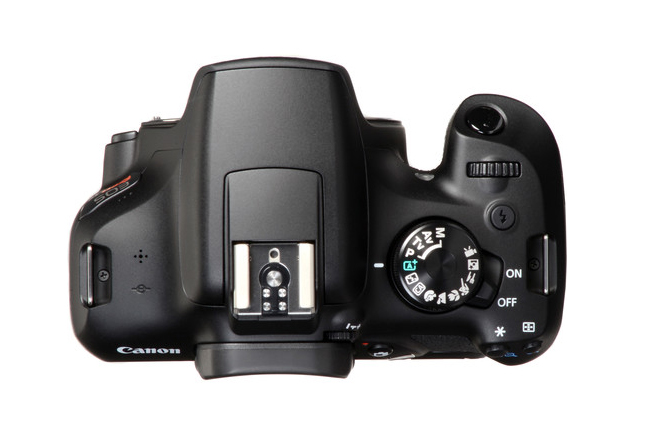
Canon EOS 1300D vs Nikon D3400: Burst shooting (fps)
- Canon EOS 1300D: Approximately 3fps for approximately 1110 JPEG images or six RAW files
- Nikon D3400: Up to 5fps
Maximum continuous capture speed for the Nikon D3400 is five frames per second, while the Canon slips into second place with three frames per second, suggesting the Nikon has the slight edge when it comes to action, wildlife or sports photography involving the tracking of moving subjects.
Of course, the cameras’ respective accuracy when it comes to achieving precise focus also plays a part; there’s no point in shooting either five or three images per second if they’re all soft. Nevertheless, the inherent suggestion here is that if you’re shooting five images in quick succession, there’s a higher chance of at least one of them being acceptably in focus.
The above being said, neither of these cameras is going to be anyone’s first port of call when choosing a model for sports photography specifically. While performance is adequate for most shooting situations, and if primarily shooting JPEG, the cameras will face more of an insurmountable challenge when shooting Raw files in bursts.

Canon EOS 1300D vs Nikon D3400: AF system
- Canon EOS 1300D: 9 AF points, cross type at centre
- Nikon D3400: Nikon Multi-CAM 1000 auto focus sensor module with TTL phase detection, with 11 focus points including one cross-type sensor
In being a budget priced, entry-level model, the Canon’s specification is fairly modest in featuring just 9 AF points. Said AF points can be selected manually or automatically, as desired.
Usefully the SAF points are displayed on both the optical viewfinder and indicated on the LCD monitor. As is standard, AF is locked when the shutter release button is pressed halfway.
The Nikon D3400 deploys phase detection auto focus with 11 selectable focus points and one cross type sensor – this sort of specification to be fair in line with most entry level, budget priced DSLRs – with said points arranged in a diamond like formation. This specification hasn’t changed from previous models – clearly Nikon is keen to keep some degree of separation between its entry-level DSLR and those higher up in its range.
As is standard throughout the industry, focus is locked by pressing the shutter release button halfway, or by pressing the AE-L/AF-L button. In terms of AF modes, we get a choice of single point AF, dynamic area AF, auto area AF or 3D tracking, whereby all 11 points are put into usage.

As this is an entry-level model, on which auto focus will be deployed with more regularity than say, a pro-end DSLR, its specification in this area is therefore important, despite its modesty. Speed as regards AF locking onto target is good, though this slows in dimmer conditions.
That said, we do get an AF assist lamp to try and help us and, while only the central AF point is cross type for enhanced sensitivity, the points immediately above and below it prove to be more sensitive than the other surrounding points, meaning it’s possible for the camera to determine accurate focus even when shooting low contrast subjects.
Though the AF will occasionally lose subjects moving around the frame if they weren’t centrally positioned to begin with, the camera’s relatively solid performance is more than adequate given its budget friendly, entry-level status.
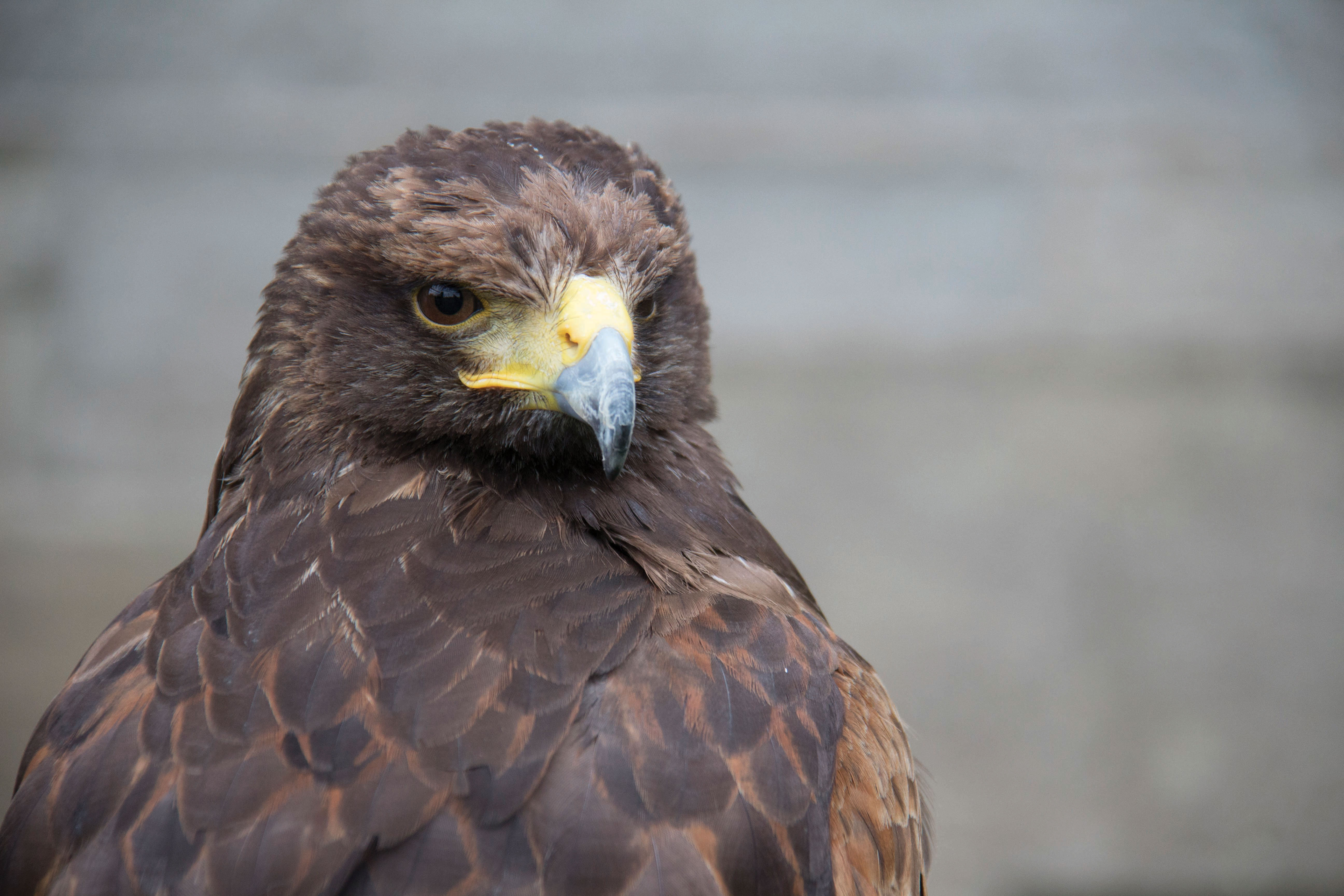
Canon EOS 1300D vs Nikon D3400: Viewfinder/LCD
- Canon EOS 1300D: Eye-level pentamirror single-lens reflex viewfinder offering 0.80x magnification and approximately 95% frame coverage, 3-inch LCD, 920,000 dot resolution
- Nikon D3400: Eye-level pentamirror single-lens reflex viewfinder offering 0.85x magnification and 95% frame coverage; 3-inch LCD with 921K dot resolution
Most DSLR users will be envisaging shooting with the camera held up to their eye rather than at arm’s length looking at the LCD screen, and, as expected the Nikon D3400 features a standard issue optical viewfinder that here offers a respectable for its class 95% frame coverage.
The same core specification is offered by its Canon rival; so these are two peas in the same compositional pop as far as eye-level optical viewfinders are concerned.
The LCD screen on the backplates of both that would otherwise display menu and shooting information if the camera was not placed in Live View mode to aid manual focus or video shooting is similarly standard issue in terms of specification.
On the Nikon D3400 we get the usual three inches in terms of size and respectable 921K-dot resolution with it. By contrast with the optical viewfinder, it provides 100% frame coverage and a 170° viewing angle. Brightness can also be adjusted.
It is, however, a fixed LCD screen, by which we mean it is non-tilting, non-angle adjustable, which is a shame as it doesn’t therefore offer the same degree of flexible composition that a moveable screen might. It’s not a touchscreen either, though again the omission of this feature is no surprise, given the camera’s introductory price.
The Canon’s rear LCD is also resolutely fixed. It again provides 100% frame coverage and a 170° viewing angle, with, here, seven levels of brightness adjustment selectable.
Resolution is a near-identical to the Nikon 920K dots, which in itself is an improvement over its predecessor’s 460K dots. Like the Nikon, we don’t get a touchscreen here. So any differences as regards viewfinder and rear screen alone aren’t going to influence your buying decision and whether you go Canon or Nikon.
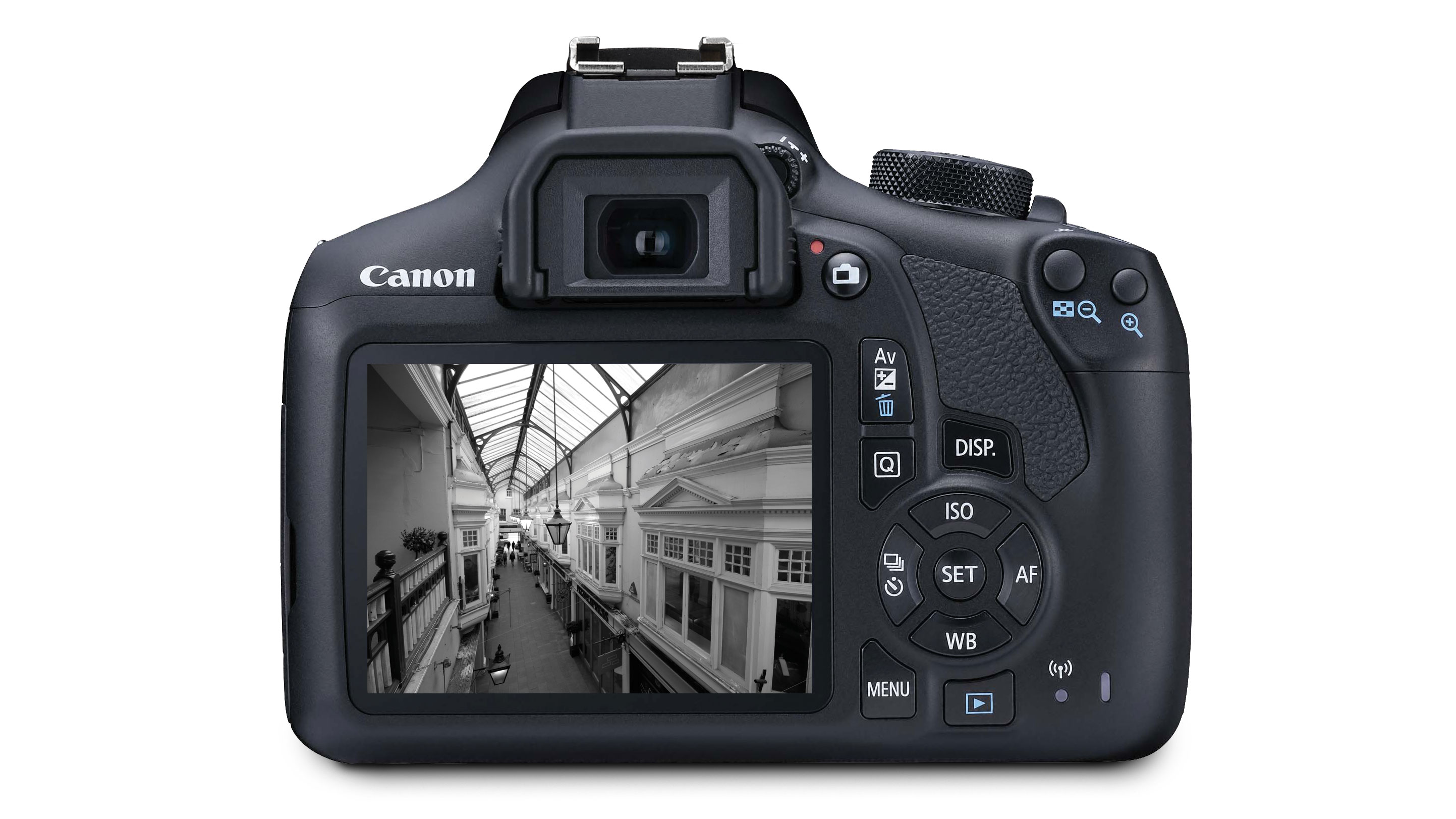
Canon EOS 1300D vs Nikon D3400: Build and design
- Canon EOS 1300D: Carbon fibre, glass fibre and polycarbonate resin build, capable of operating in temperatures between 0°C and 40°C
- Nikon D3400: Polycarbonate construction, capable of operating in temperatures between 0°C and 40°C
An entry level DSLR normally means a compact, relatively lightweight body and that’s what we get in the case of the two models here.
The Canon EOS 1300D’s body construction is a mixture of carbon fibre, glass fibre and polycarbonate resin. Operating temperature is 0 to 40°C, while bodyweight is an official 485g with battery and memory card inserted. Dimensions are a more than manageable 129x101.3x77.6mm.
Getting a firm hold of the camera is possible thanks to a textured coating on the chunky front grip and rear thumb rest. Ease of use is delivered by a backplate button layout that shouldn’t fox first-timers and will be instantly familiar to anyone who may have handled a Canon DSLR before.
On the Nikon D3400, which also boasts a polycarbonate build, the small, narrow handgrip provides an adequately stable hold thanks to its soft rubber feel when kit zoom lens is attached. Unlike semi pro or enthusiast DSLRs that can operate down to -10°C, the budget pricing of the Nikon comes with the fact that the D3400 is capable of operating in temperatures from 0 to 40°C.
Body weight is 445g with battery and memory card – so 40g lighter than the Canon – or 395g without. Dimensions are a comparatively compact 124x98x75.5mm. Obviously, the build of this Nikon doesn’t feel quite a premium as models like Nikon’s own D5600 slightly higher up the range, but then again it is priced accordingly.
Smaller and lighter DSLR bodies do have disadvantages as well as advantages however – your nose may press up against the LCD as you attempt to get an eye level with the optical viewfinder and the use of longer lenses may provoke a feeling of imbalance when handling the camera.
On a positive note however, the lighter weight will ensure you’re more likely to take the camera out with you on a daily basis than a bulkier and heavier DSLR.
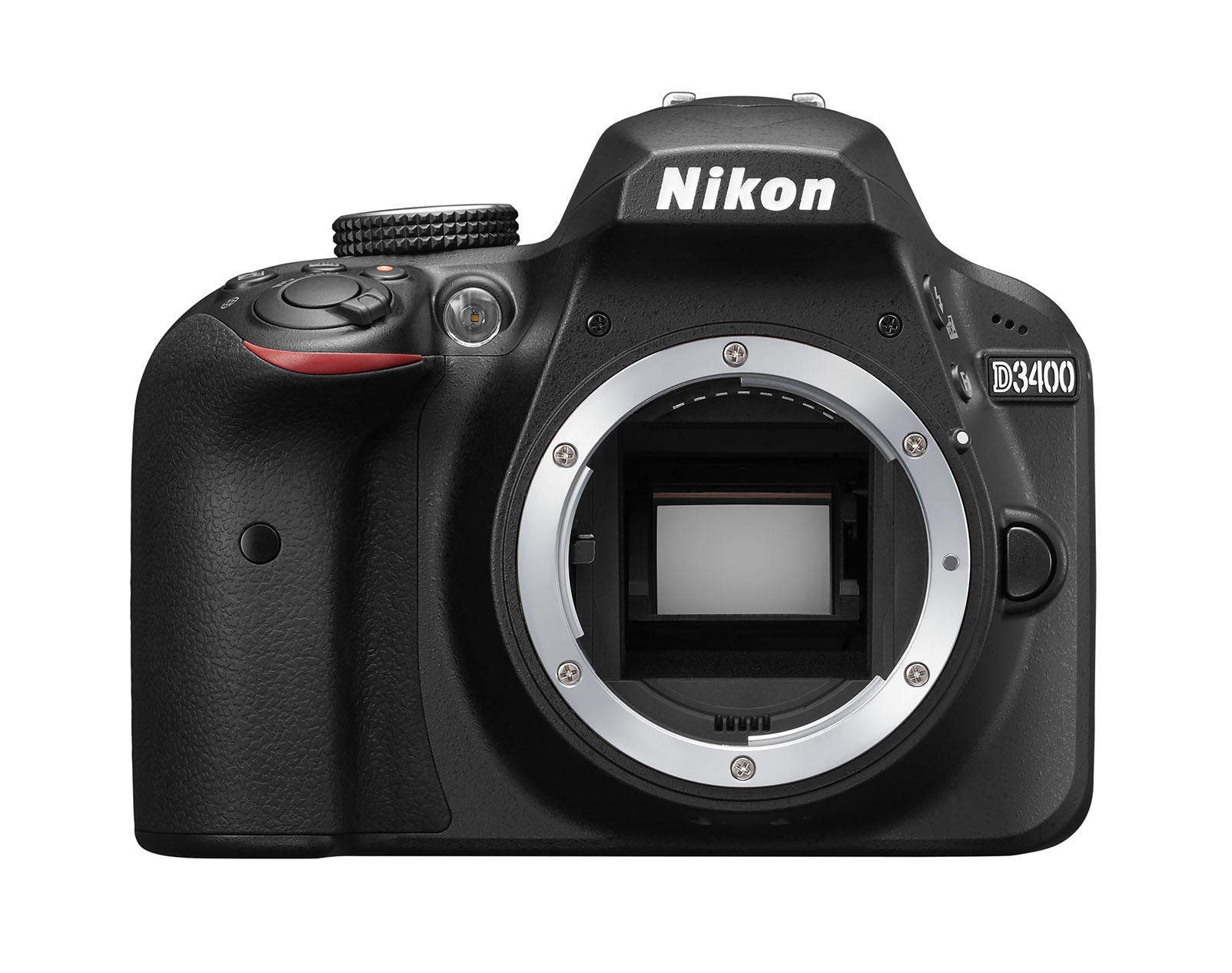
Canon EOS 1300D vs Nikon D3400: Other features
One thing we haven’t examined in the categories here is light sensitivity – namely the cameras’ native ISO ranges. On the Canon EOS 1300D, native sensitivity remains a hardly groundbreaking ISO 100 to 6400, expandable to ISO 12,800 if desired. That said, the top setting is best avoided, as detail smoothing is visible at common print sizes.
As regards connectivity, this is where the Canon trumps the Nikon, with regard to offering Wi-Fi and NFC connectivity built in. This enables users to operate the camera from a connected device, including smartphone and tablet. Ease of use on the Canon 1300D is helped via a ‘Q’ or quick menu button that enables the user to swiftly access and tweak commonly utilised settings.
In addition to the general specification examined in the course of this comparison, for its part the Nikon D3400 omits a low pass filter which should help it deliver better detail than would otherwise be the case and aid results when shooting across its wide light sensitivity range of between ISO100 and ISO25,600.
A customisable ‘Fn’/Function button beside the lens mount is a boon, especially as there isn’t a dedicated button for directly accessing ISO settings otherwise.
Nikon also has some creative Picture Controls on board for those who want to give their images a definite ‘look’. Effects include the likes of Super Vivid, Illustration and Toy Camera. There’s no Wi-Fi connectivity on board this Nikon, though it does offer Nikon’s Bluetooth powered SnapBridge feature for image sharing.
Ease of use is also crucial for an entry-level camera, and here Nikon’s on-board Guide feature comes into its own – providing an alternative to the camera’s main menu system – while a press of the button marked with a question mark explains key camera functions.

Canon EOS 1300D vs Nikon D3400: Battery life
- Canon EOS 1300D: Up to 500 frames per charge of its LP-E10 rechargeable lithium ion battery
- Nikon D3400: Up to 1200 frames per charge of its EN-EL14a rechargeable lithium ion battery
A smaller format DSLR, such as an entry-level model, normally means a physically smaller size of battery, which in turn means that power performance is not as impressive as bulkier, more enthusiast DSLRs higher up the respective manufacturer’s range.
Given this, the Canon EOS 1300D’s performance of up to a claimed and actually fairly spot-on 500 shots per full charge at room temperature isn’t bad – it’s pretty average for a consumer level DSLR and still betters the typical 300 shots per charge of a competing compact system camera.
If operating at lower temperatures – say close to freezing – then the Canon camera’s battery performance is affected and around 410 shots can be achieved. Still, either is enough to get the user through a day’s shooting at least.
Surprisingly by contrast, and in bucking the usual trend for a modest performance at the lower end of the market, the D3400 provides a very impressive 1,200 shots from a full charge of its rechargeable lithium-ion battery.
Nikon puts this down in part to the camera’s low-energy design. So if it’s how many shots you can squeeze out of the camera before its battery dies is a deciding factor for you, then the Nikon D3400 is clearly the winner here – and by quite some margin.

Canon EOS 1300D vs Nikon D3400: Verdict
You might already have entrenched opinions as to whether Canon or Nikon is a better fit for you – particularly if you own lenses already from a previous film SLR perhaps, that can be brought back into use on the digital equivalent.
If you’re viewing these products cold however, with no pre-existing prejudices or accessories to factor into a buying decision, then, while in most categories the cameras deliver pretty much the same in terms of specification, the Nikon D3400 is clearly in the lead as regards battery life, which is superb given its class and price point.
Along with its compact size and marginally lighter weight than the Canon EOS 1300D, the Nikon’s added juice may ensure it’s more likely to be taken on holiday or somewhere where the ability to replenish its supply on demand is not that easy. The resolution offered by the Nikon at 24 megapixels is also closer to what’s considered standard issue these days when compared to the 18MP resolution of the competing Canon.
The above being said, the price at which you can currently find both the Canon and Nikon cameras will no doubt influence your buying decision just as much as the comparison provided. Either way, whichever camera you buy and use in isolation, with these two you can’t go far wrong.
Get the Digital Camera World Newsletter
The best camera deals, reviews, product advice, and unmissable photography news, direct to your inbox!
Gavin has over 30 years’ experience of writing about photography and television. He is currently the editor of British Photographic Industry News, and previously served as editor of Which Digital Camera and deputy editor of Total Digital Photography.
He has also written for a wide range of publications including T3, BBC Focus, Empire, NME, Radio Times, MacWorld, Computer Active, What Digital Camera and the Rough Guide books.
With his wealth of knowledge, Gavin is well placed to recognize great camera deals and recommend the best products in Digital Camera World’s buying guides. He also writes on a number of specialist subjects including binoculars and monoculars, spotting scopes, microscopes, trail cameras, action cameras, body cameras, filters and cameras straps.

